1. Jiao J, Li Z, Wu X, Cao J, Liu G, Liu Y, et al. Risk factors for 3-month mortality in bedridden patients with hospital-acquired pneumonia: a multicentre prospective study. PLoS One. 2021; 16(3):e0249198. PMID:
33784317.
2. Xu E, Pérez-Torres D, Fragkou PC, Zahar JR, Koulenti D. Nosocomial pneumonia in the era of multidrug-resistance: updates in diagnosis and management. Microorganisms. 2021; 9(3):534. PMID:
33807623.
3. Zaragoza R, Vidal-Cortés P, Aguilar G, Borges M, Diaz E, Ferrer R, et al. Update of the treatment of nosocomial pneumonia in the ICU. Crit Care. 2020; 24(1):383. PMID:
32600375.
4. Kalil AC, Metersky ML, Klompas M, Muscedere J, Sweeney DA, Palmer LB, et al. Management of adults with hospital-acquired and ventilator-associated pneumonia: 2016 clinical practice guidelines by the Infectious Diseases Society of America and the American Thoracic Society. Clin Infect Dis. 2016; 63(5):e61–111. PMID:
27418577.
5. Ko RE, Min KH, Hong SB, Baek AR, Lee HK, Cho WH, et al. Characteristics, management, and clinical outcomes of patients with hospital-acquired and ventilator-associated pneumonia: a multicenter cohort study in Korea. Tuberc Respir Dis (Seoul). 2021; 84(4):317–325. PMID:
34134465.
6. Singer M, Deutschman CS, Seymour CW, Shankar-Hari M, Annane D, Bauer M, et al. The third international consensus definitions for sepsis and septic shock (Sepsis-3). JAMA. 2016; 315(8):801–810. PMID:
26903338.
7. Mandell LA, Niederman MS. Aspiration pneumonia. N Engl J Med. 2019; 380(7):651–663. PMID:
30763196.
8. Magiorakos AP, Srinivasan A, Carey RB, Carmeli Y, Falagas ME, Giske CG, et al. Multidrug-resistant, extensively drug-resistant and pandrug-resistant bacteria: an international expert proposal for interim standard definitions for acquired resistance. Clin Microbiol Infect. 2012; 18(3):268–281. PMID:
21793988.
9. Vilella AL, Seifert CF. Timing and appropriateness of initial antibiotic therapy in newly presenting septic patients. Am J Emerg Med. 2014; 32(1):7–13. PMID:
24139996.
10. Raman G, Avendano E, Berger S, Menon V. Appropriate initial antibiotic therapy in hospitalized patients with gram-negative infections: systematic review and meta-analysis. BMC Infect Dis. 2015; 15(1):395. PMID:
26423743.
11. Merchant S, Proudfoot EM, Quadri HN, McElroy HJ, Wright WR, Gupta A, et al. Risk factors for
Pseudomonas aeruginosa infections in Asia-Pacific and consequences of inappropriate initial antimicrobial therapy: a systematic literature review and meta-analysis. J Glob Antimicrob Resist. 2018; 14:33–44. PMID:
29454906.
12. Chung DR, Song JH, Kim SH, Thamlikitkul V, Huang SG, Wang H, et al. High prevalence of multidrug-resistant nonfermenters in hospital-acquired pneumonia in Asia. Am J Respir Crit Care Med. 2011; 184(12):1409–1417. PMID:
21920919.
13. Assefa M. Multi-drug resistant gram-negative bacterial pneumonia: etiology, risk factors, and drug resistance patterns. Pneumonia. 2022; 14(1):4. PMID:
35509063.
14. Marquet K, Liesenborgs A, Bergs J, Vleugels A, Claes N. Incidence and outcome of inappropriate in-hospital empiric antibiotics for severe infection: a systematic review and meta-analysis. Crit Care. 2015; 19(1):63. PMID:
25888181.
15. Puzniak L, DePestel DD, Srinivasan A, Ye G, Murray J, Merchant S, et al. A combination antibiogram evaluation for
Pseudomonas aeruginosa in respiratory and blood sources from intensive care unit (ICU) and non-ICU settings in U.S. hospitals. Antimicrob Agents Chemother. 2019; 63(4):e02564-18. PMID:
30917987.
16. Luu Q, Vitale K, Shan G, Jayakumar R, Viswesh V. Evaluation of guideline recommendations for dual antipseudomonal therapy in hospitalized adults with pneumonia using combination antibiograms. Pharmacotherapy. 2020; 40(11):1089–1098. PMID:
33037659.
17. Kang JS, Moon C, Mun SJ, Lee JE, Lee SO, Lee S, et al. Antimicrobial susceptibility trends and risk factors for antimicrobial resistance in
Pseudomonas aeruginosa bacteremia: 12-year experience in a Tertiary Hospital in Korea. J Korean Med Sci. 2021; 36(43):e273. PMID:
34751008.
18. Klinker KP, Hidayat LK, DeRyke CA, DePestel DD, Motyl M, Bauer KA. Antimicrobial stewardship and antibiograms: importance of moving beyond traditional antibiograms. Ther Adv Infect Dis. 2021; 8:20499361211011373. PMID:
33996074.
19. Jang JH, Yeo HJ, Kim T, Cho WH, Min KH, Hong SB, et al. Microbiologic pattern and clinical outcome of non-ICU-acquired pneumonia: Korean HAP registry analysis. Korean J Intern Med. 2022; 37(4):800–810. PMID:
35811368.
20. Chang Y, Jeon K, Lee SM, Cho YJ, Kim YS, Chong YP, et al. The distribution of multidrug-resistant microorganisms and treatment status of hospital-acquired pneumonia/ventilator-associated pneumonia in adult intensive care units: a prospective cohort observational study. J Korean Med Sci. 2021; 36(41):e251. PMID:
34697926.
21. Bae MH, Kim MS, Kim TS, Kim S, Yong D, Ha GY, et al. Changing epidemiology of pathogenic bacteria over the past 20 years in Korea. J Korean Med Sci. 2023; 38(10):e73. PMID:
36918027.
22. Wenzler E, Goff DA, Humphries R, Goldstein EJC. Anticipating the unpredictable: a review of antimicrobial stewardship and
Acinetobacter infections. Infect Dis Ther. 2017; 6(2):149–172. PMID:
28260148.
23. Kim YA, Park YS. Epidemiology and treatment of antimicrobial-resistant gram-negative bacteria in Korea. Korean J Intern Med. 2018; 33(2):247–255. PMID:
29506343.
24. Tamma PD, Aitken SL, Bonomo RA, Mathers AJ, van Duin D, Clancy CJ. Infectious Diseases Society of America guidance on the treatment of AmpC β-lactamase-producing Enterobacterales, carbapenem-resistant
Acinetobacter baumannii, and
Stenotrophomonas maltophilia infections. Clin Infect Dis. 2022; 74(12):2089–2114. PMID:
34864936.
25. Latibeaudiere R, Rosa R, Laowansiri P, Arheart K, Namias N, Munoz-Price LS. Surveillance cultures growing carbapenem-resistant
Acinetobacter baumannii predict the development of clinical infections: a retrospective cohort study. Clin Infect Dis. 2015; 60(3):415–422. PMID:
25352586.
26. Tacconelli E, Cataldo MA, De Pascale G, Manno D, Spanu T, Cambieri A, et al. Prediction models to identify hospitalized patients at risk of being colonized or infected with multidrug-resistant
Acinetobacter baumannii calcoaceticus complex. J Antimicrob Chemother. 2008; 62(5):1130–1137. PMID:
18635519.
27. Owens RC Jr, Ambrose PG. Antimicrobial safety: focus on fluoroquinolones. Clin Infect Dis. 2005; 41(Suppl 2):S144–S157. PMID:
15942881.
28. Mullish BH, Williams HR.
Clostridium difficile infection and antibiotic-associated diarrhoea. Clin Med (Lond). 2018; 18(3):237–241. PMID:
29858434.
29. McDonald LC, Gerding DN, Johnson S, Bakken JS, Carroll KC, Coffin SE, et al. Clinical practice guidelines for
Clostridium difficile infection in adults and children: 2017 update by the Infectious Diseases Society of America (IDSA) and Society for Healthcare Epidemiology of America (SHEA). Clin Infect Dis. 2018; 66(7):e1–48. PMID:
29462280.
30. Kuula LSM, Backman JT, Blom ML. Healthcare costs and mortality associated with serious fluoroquinolone-related adverse reactions. Pharmacol Res Perspect. 2022; 10(2):e00931. PMID:
35170862.
31. Neuhauser MM, Weinstein RA, Rydman R, Danziger LH, Karam G, Quinn JP. Antibiotic resistance among gram-negative bacilli in US intensive care units: implications for fluoroquinolone use. JAMA. 2003; 289(7):885–888. PMID:
12588273.
32. Paramythiotou E, Lucet JC, Timsit JF, Vanjak D, Paugam-Burtz C, Trouillet JL, et al. Acquisition of multidrug-resistant
Pseudomonas aeruginosa in patients in intensive care units: role of antibiotics with antipseudomonal activity. Clin Infect Dis. 2004; 38(5):670–677. PMID:
14986251.
33. Kopterides P, Koletsi PK, Michalopoulos A, Falagas ME. Exposure to quinolones is associated with carbapenem resistance among colistin-susceptible
Acinetobacter baumannii blood isolates. Int J Antimicrob Agents. 2007; 30(5):409–414. PMID:
17851052.
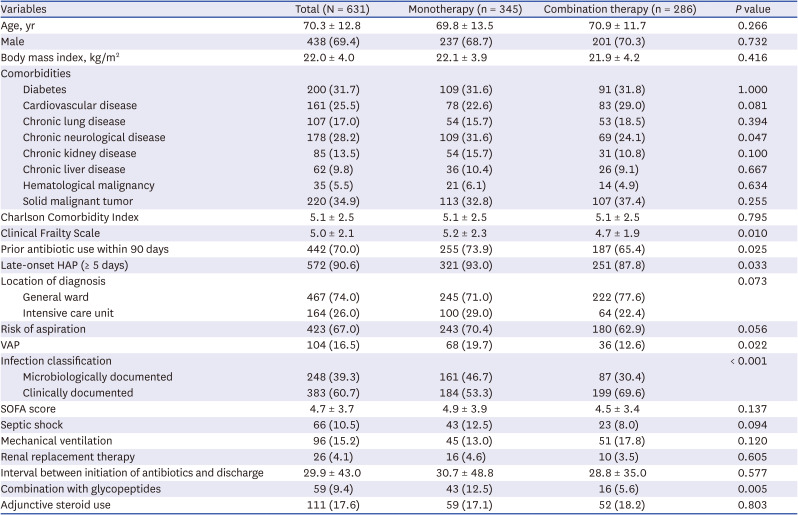
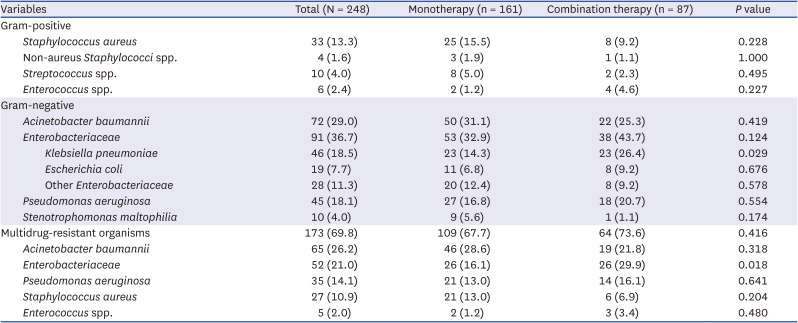
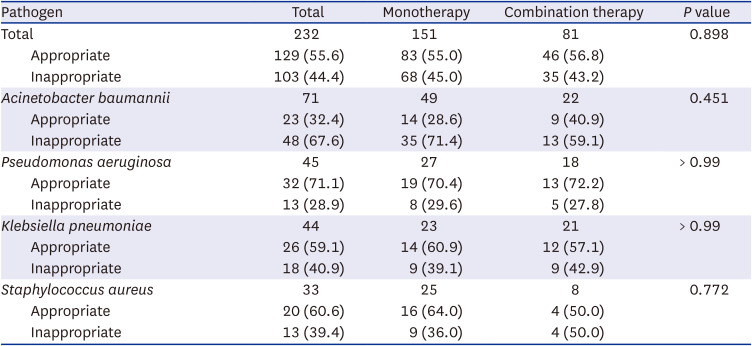


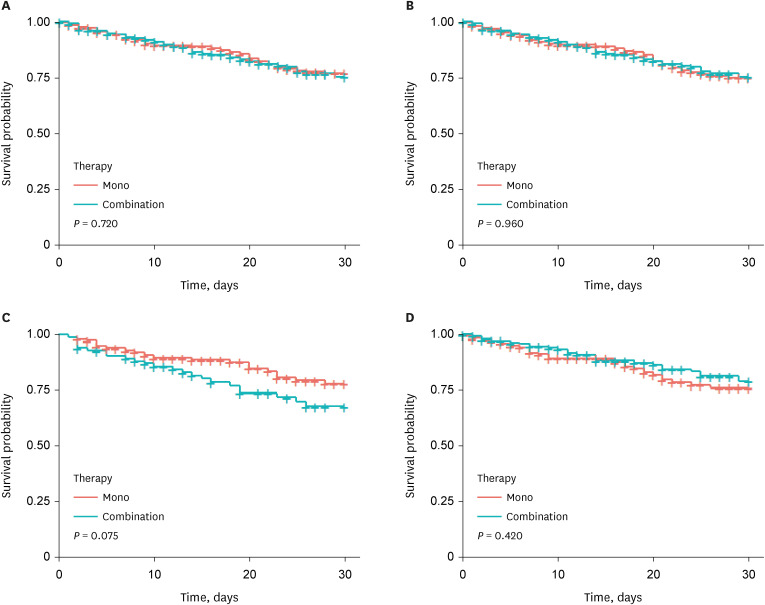





 PDF
PDF Citation
Citation Print
Print



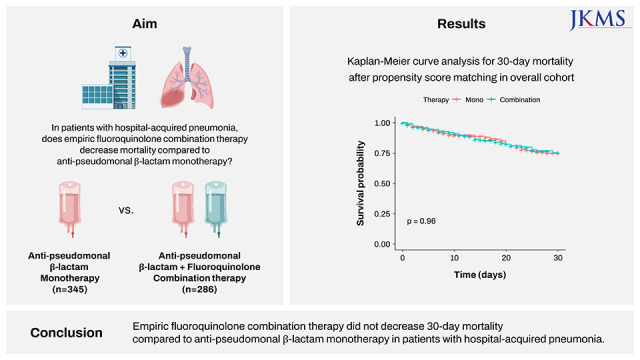

 XML Download
XML Download